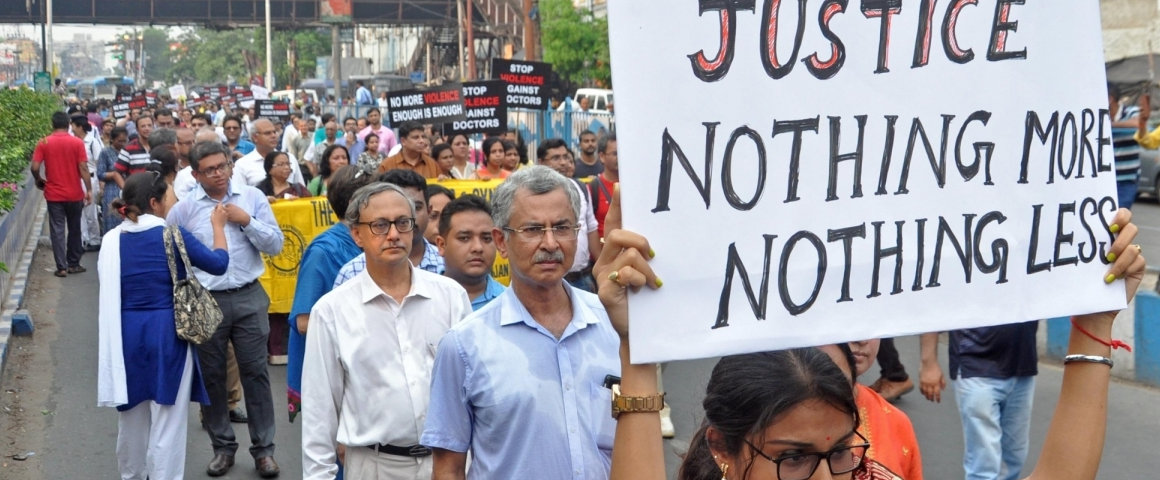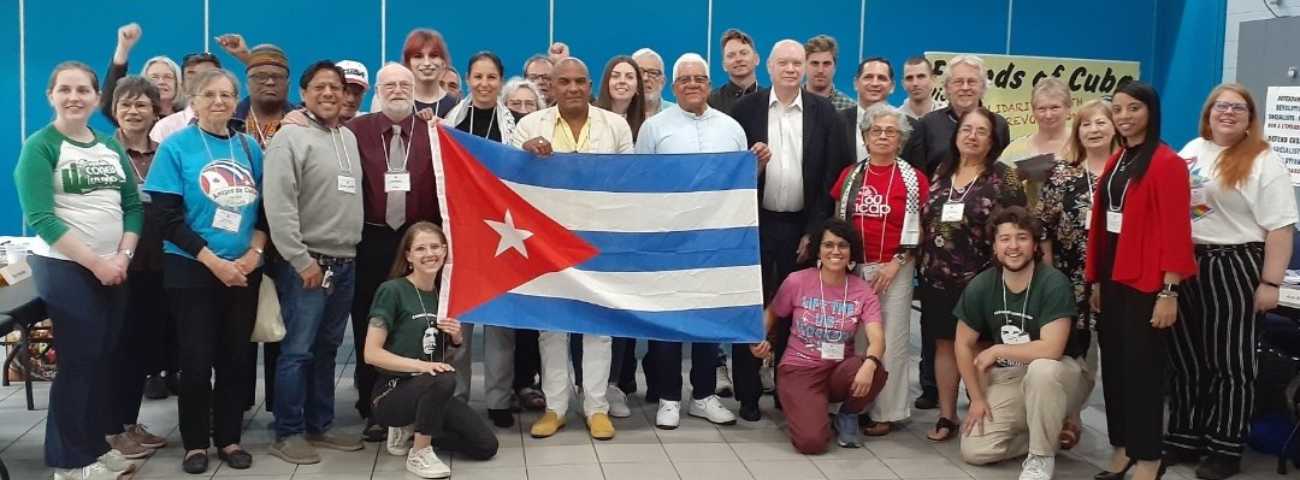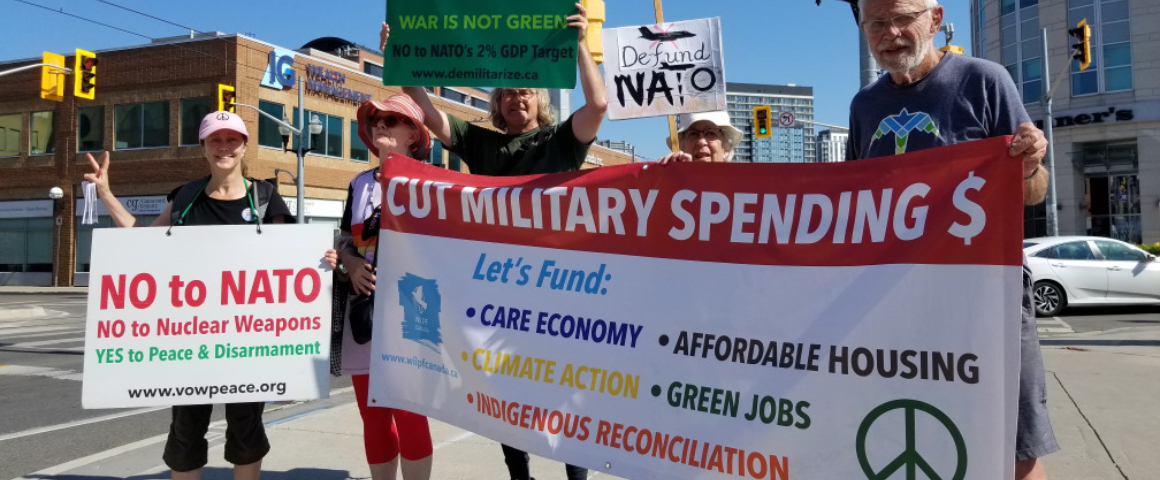By Dipanjanah Dasgupta, PV correspondent in India
The recent 7-day strike by junior doctors (medical students) in West Bengal evoked a huge outrage against the state government. The strike not only exposed India’s poor healthcare system, but also raised the question of the government’s role against the students’ movement.
The healthcare service in West Bengal stalled for almost a week after a junior intern doctor of Nilratan Sarkar Medical Hospital (NRS) was physically assaulted by relatives of a patient who died on the night of June 10 due to alleged medical negligence.
Dr. Paribaha Mukherjee, an intern doctor, got a serious head injury in this clash. He was admitted to the Institute of Neuroscience in Kolkata, the capital of West Bengal.
This is not the first time junior doctors in Bengal were beaten up. In a number of previous incidents, even senior doctors were brutally beaten up brutally by patients’ relatives. In those cases doctors ceased work for one or two days to demand better security. But the government paid no heed to their cry.
Recently such incidents have increased drastically across most of the country. Relatives of patients have ransacked hospitals, and beaten up nurses, doctors or hospital staff members, after blaming the deaths of patients on the alleged negligence of doctors.
The trigger this time came when the junior doctor was injured. On the following day, June 11th, the junior doctors at NRS ceased work, joined by their colleagues at other state hospitals. On June 12th, senior doctors supported the junior doctors’ strike, and even the private hospitals were affected by a one-day strike.
The health care system of Bengal was almost shattered. The relatives of patients were running from hospital to hospital to find minimum treatment. A long queue of patients was seen in almost every hospital, but there were no doctors to treat them. In this serious situation, the government did nothing to end this agitation and restore normality.
On June 13, West Bengal’s Chief minister Mamata Banerjee, who is also the health minister, went to another government medical college, Seth Sukhlal Karanani Hospital (SSKM), instead of NRS. The junior doctors, who were involved in the protest, shouted “go back” slogans after seeing her. The chief minister called the doctors “outsiders” and said they treat people according to their caste, which spread the flame of anger like a wildfire. She also claimed the agitation was a conspiracy hatched by the Communist Party of India (Marxist).
After her remarks, instead of calling off their action, the doctors went for a nationwide strike, supported by the Indian Medical Association. On June 14, doctors of several government hospitals submitted mass resignations. The next day, more doctors resigned. The senior doctors tried to solve the problem by intervening between the chief minister and student doctors.
The medical students demanded the Chief Minister should come to NRS and apologize for her ‘outsider’ comment, and take action to ensure security and arrest those culprits who beat up the doctors. On June 15, Mamata Banerjee called a press conference and said that she would not go to NRS. If the doctors will not end their agitation, she threatened, the Essential Service Maintenance Act (ESMA) would be invoked.
On June 16, the doctors agreed to meet the Chief Minister to solve the problem, but only in the presence of media, not behind a closed door. Finally after seven days of protests, an agreement was reached to install a collapsible gate in front of the emergency entrance at NRS, and to take measures to deal with the relatives of patients.
During the seven days of doctors’ agitation, there were numerous deaths, including one case in which a crying father held up the body of his newborn baby, which died due to a respiratory problem. Since the government hospital where the baby was born does not have a neonatal intensive care unit (NICU), the father rushed from one hospital to another seeking to find life support. None was found, and the baby died after two days.
The agitation is not only raised the doctors’ security issue but also opened up the critical condition of the public health care system. In India, there is only 1 doctor for every 10,189 people. For every 2046 people, there is only one bed and for every 90,343 people, there is only 1 hospital. The cost of treatment in a private hospital is beyond the limit of poor people. So where they will go if doctors stop treating?
People also need to understand doctors can treat, but cannot save the life of everyone. Since the hospitals in our country are not well equipped, the government has to spend more money on health care than the current 1.15% allocated in the overall budget.
In the last Lok Sabha election, India’s top priority was to improve the healthcare system. If the government fails to do so, the people’s intolerance will increase, and incidents will happen more often.




